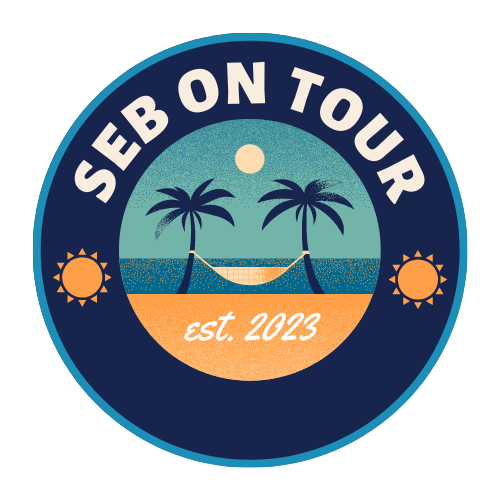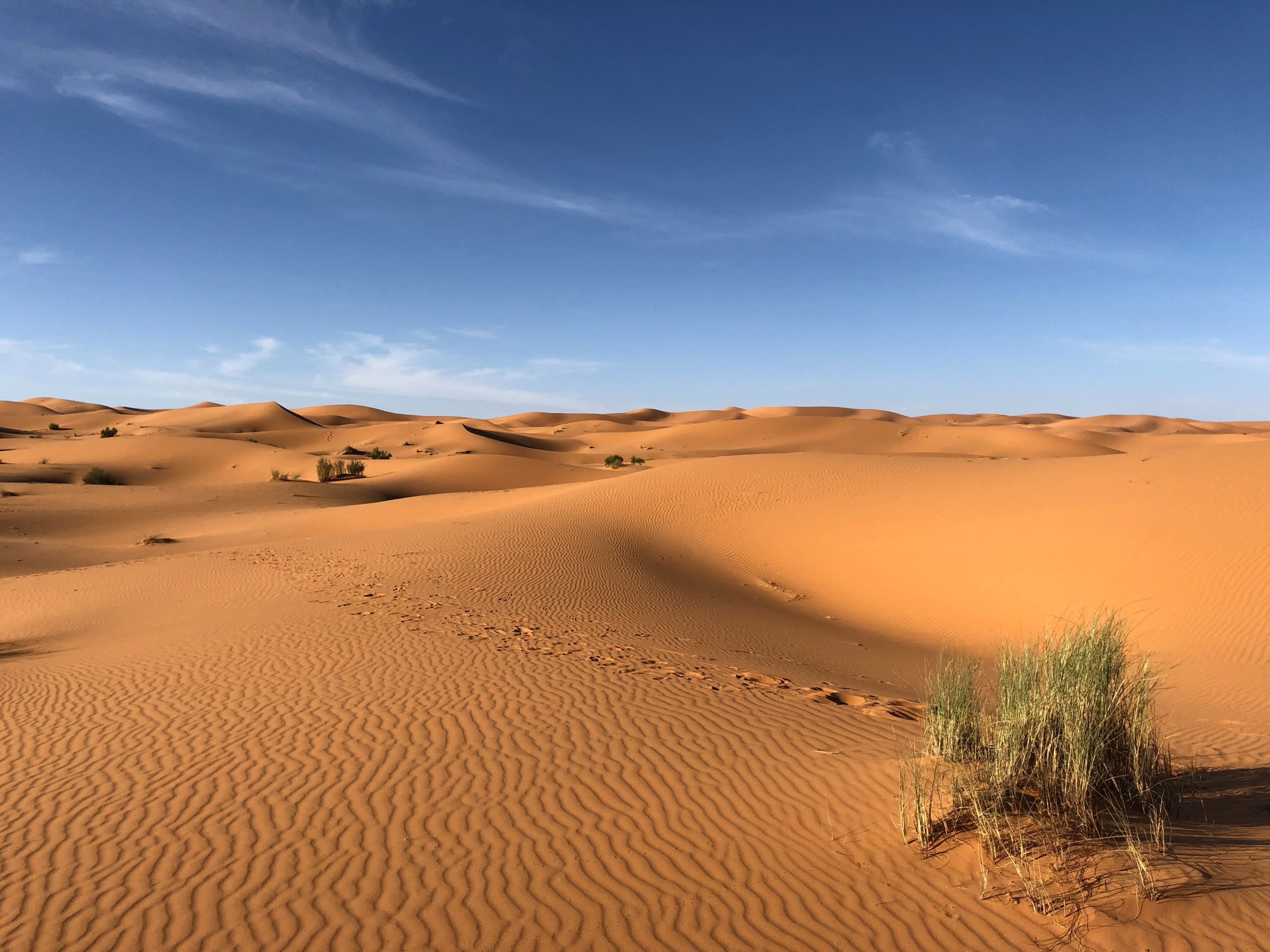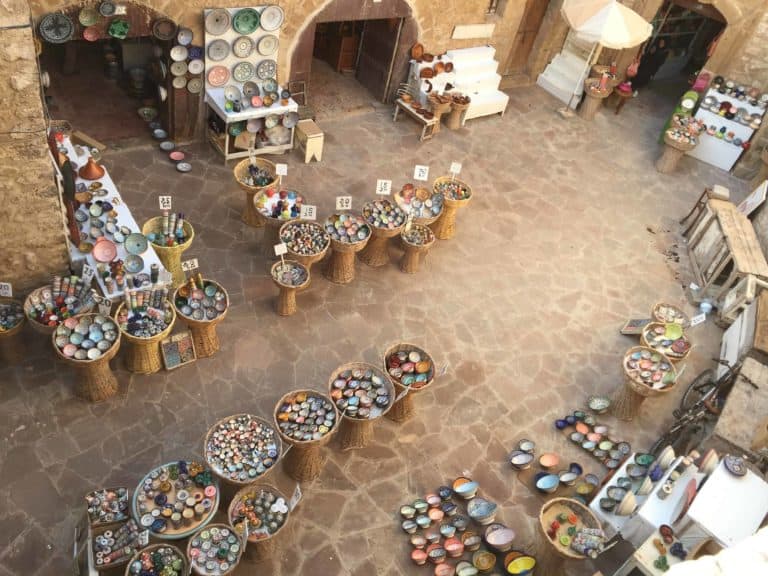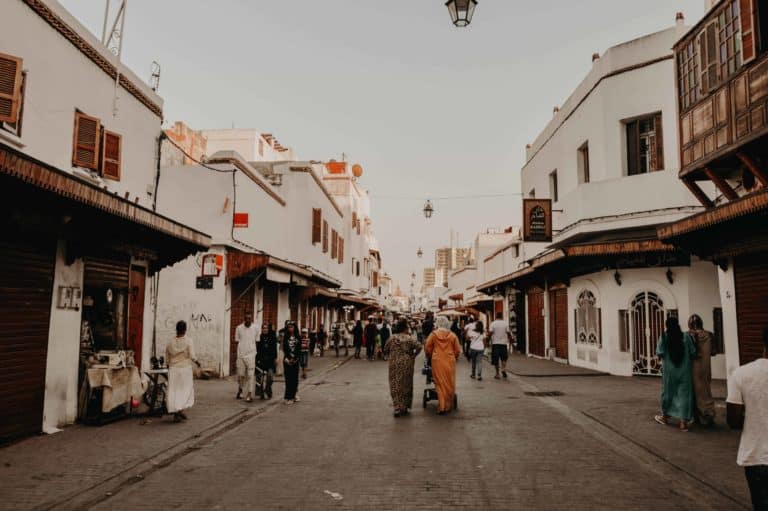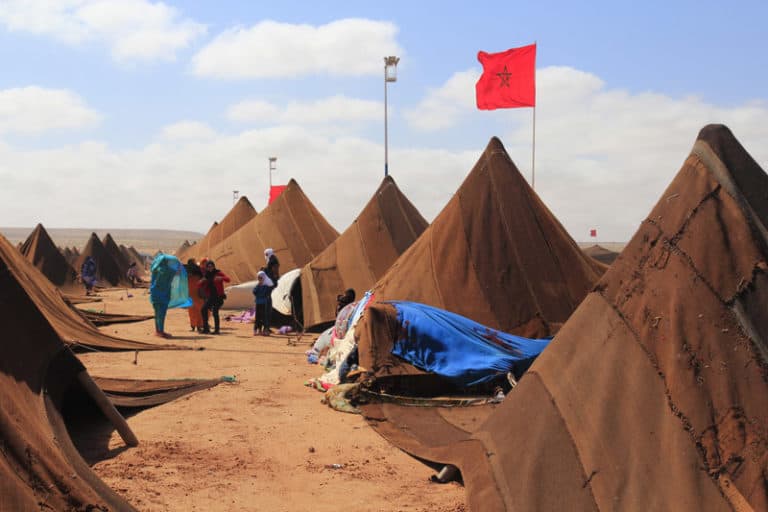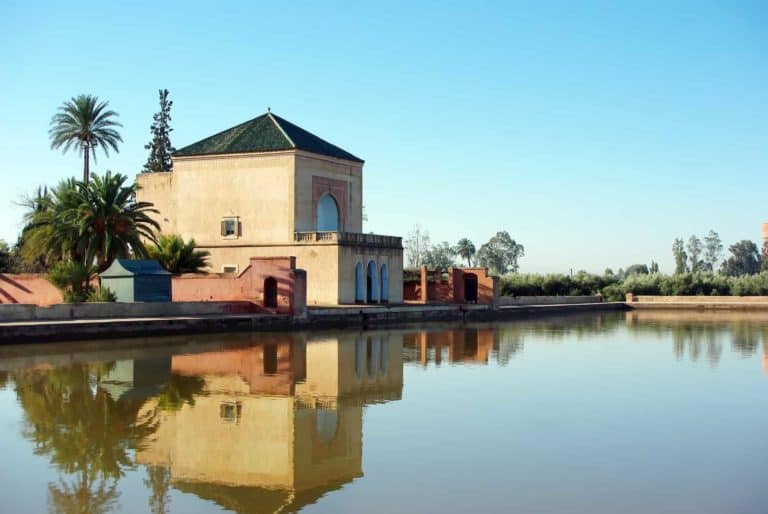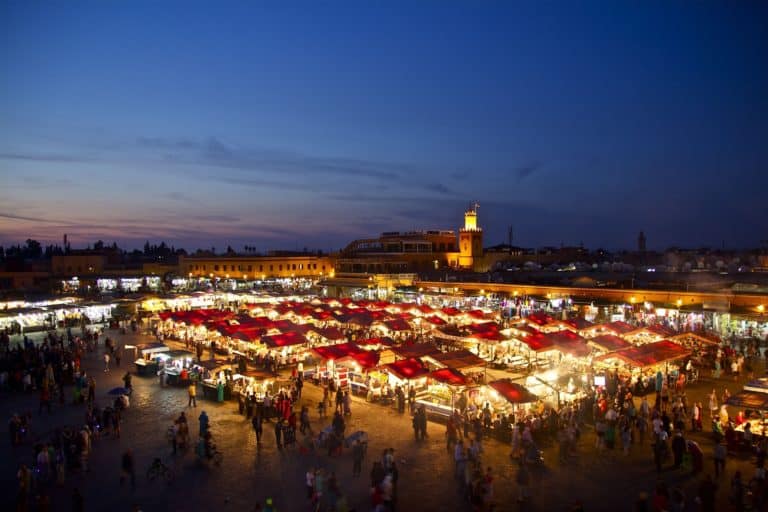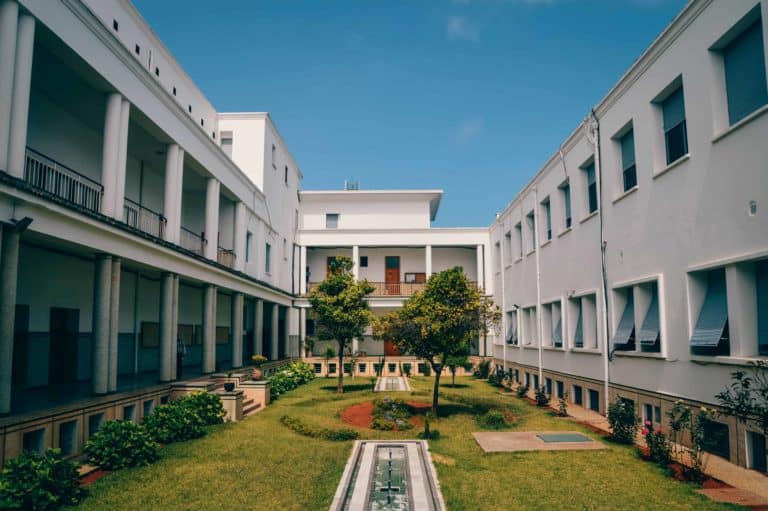The Great Sahara Desert: A Journey Through Morocco’s Vast and Diverse Landscape
The Sahara Desert is one of the most fascinating and awe-inspiring natural wonders on earth. Covering an area of over 9 million square kilometers, the Sahara stretches across several countries in North Africa, including Morocco. Morocco’s portion of the Sahara is a vast and diverse landscape that offers visitors a unique and unforgettable experience.
In this article, we will take you on a journey through Morocco’s portion of the Sahara Desert, exploring its breathtaking landscapes, fascinating culture, and unforgettable experiences.
Geography and Climate
The Sahara Desert is located in the northern part of Africa and is the largest hot desert in the world. It is bordered by the Mediterranean Sea to the north, the Atlantic Ocean to the west, and the Red Sea to the east. Morocco’s portion of the Sahara covers over 500,000 square kilometers, making it one of the largest stretches of desert in the country.
The climate of the Sahara is characterized by hot days and cool nights, with temperatures reaching over 50°C during the day and dropping to below freezing at night. The lack of rainfall and the arid climate create a harsh environment that is home to a unique ecosystem of plants and animals that have adapted to survive in the desert.
Exploring the Sahara
The Sahara is an incredible destination for adventurers and those seeking a unique and unforgettable experience. From camel treks and sandboarding to stargazing and desert camping, there is something for everyone to enjoy.
One of the most popular ways to explore the Sahara is by taking a camel trek. Riding on the back of a camel is an authentic and traditional way to travel through the desert, and it allows you to experience the vast and remote landscape in a way that is impossible by any other means. Camel treks can range from a few hours to several days, and many tours include visits to traditional Berber villages and opportunities to meet the locals and learn about their way of life.
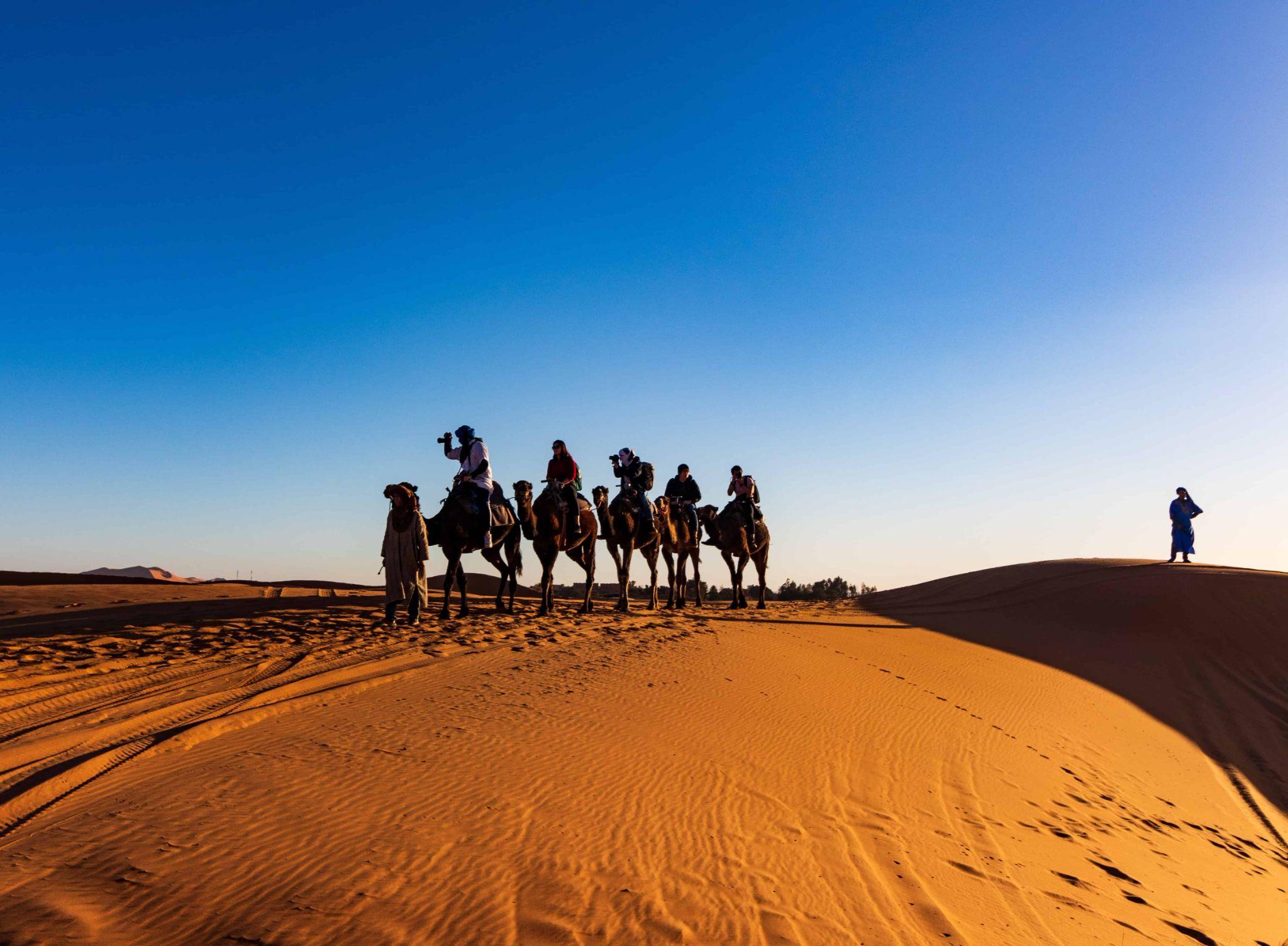
Sandboarding is another popular activity in the Sahara. Similar to snowboarding, sandboarding involves riding down sand dunes on a board. It is an exhilarating experience that allows you to feel the rush of the wind and the thrill of the ride as you carve your way down the dunes.
For those interested in astronomy, stargazing in the Sahara is a must-do experience. With its clear skies and lack of light pollution, the Sahara offers some of the best stargazing opportunities in the world. You can spend the night under the stars and watch as the constellations move across the sky.
If you are looking for a more immersive experience, camping in the Sahara is a unique and unforgettable experience. There are several campsites in the desert that offer traditional Berber tents, complete with comfortable bedding, delicious Moroccan meals, and even hot showers. Camping in the Sahara allows you to disconnect from the world and immerse yourself in the stunning natural beauty of the desert.
Culture and Traditions
The Sahara is home to several tribes and ethnic groups, including the Berbers, Tuaregs, and Arabs. Each group has its own unique culture and traditions that have been passed down from generation to generation.
The Berbers, in particular, have a rich history and culture that is deeply intertwined with the Sahara. They are a nomadic people who have lived in the desert for centuries, and they have developed a unique way of life that is based on their relationship with the environment.
One of the most fascinating aspects of Berber culture is their music. Berber music is a mix of traditional and modern styles and is characterized by its use of traditional instruments, such as the oud and the qanun. Berber music is often played during celebrations and festivals and is a central part of Berber identity.
Another important aspect of Berber culture is their cuisine. Berber cuisine is characterized by its use of simple, fresh ingredients that are locally sourced. Tagine, a stew that is cooked in a traditional clay pot, is a staple of Berber cuisine and is often made with meat or vegetables and served with bread or couscous.
The Tuaregs, another ethnic group that inhabits the Sahara, are known for their distinctive blue clothing, which is dyed with indigo. They are also known for their skillful horsemanship and their ability to navigate the desert with ease.
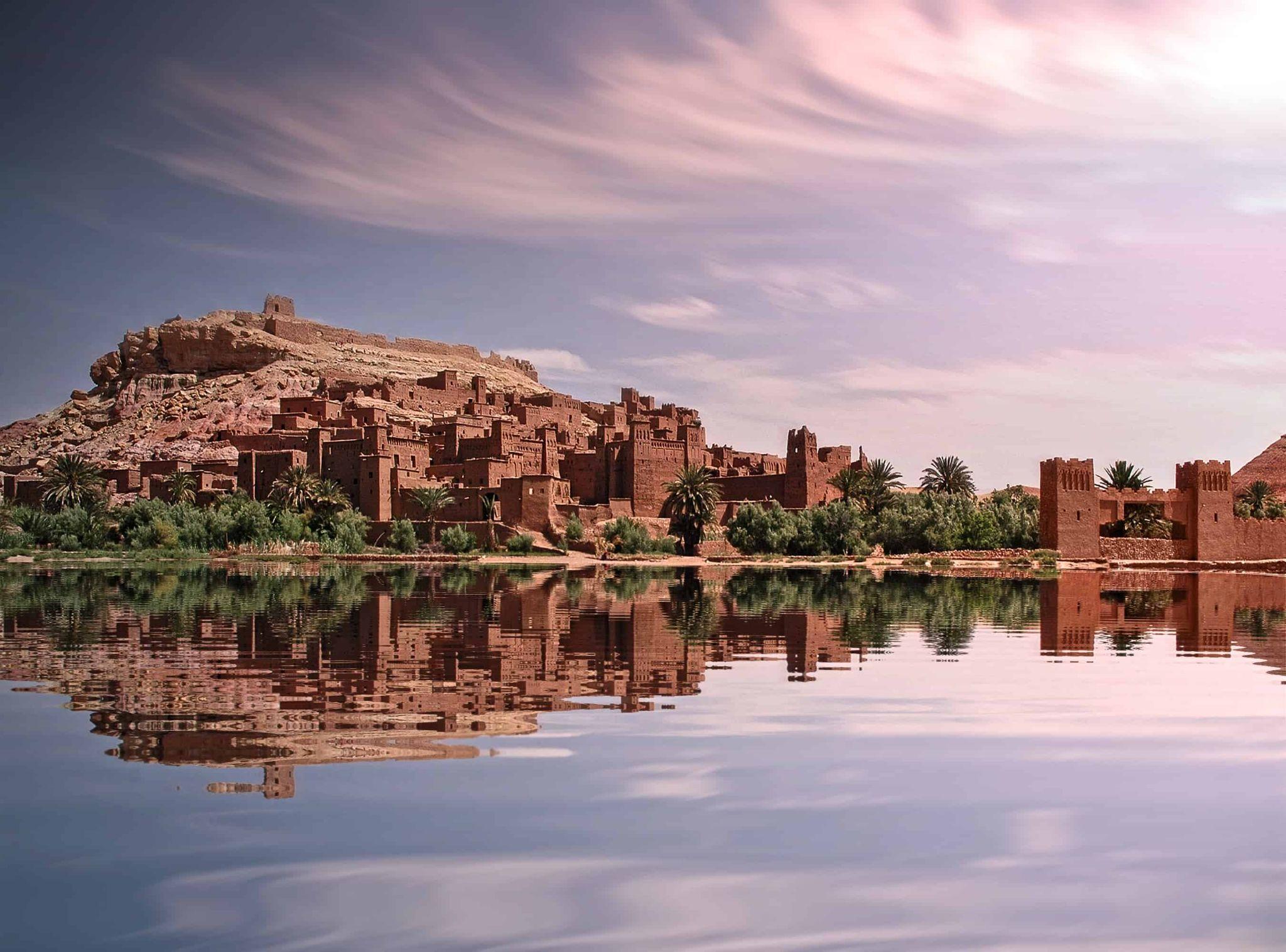
Arabic culture also has a strong presence in the Sahara, particularly in Morocco’s cities and towns. Arabic music, art, and architecture can be seen throughout the country, and traditional Moroccan cuisine, such as couscous and mint tea, is a fusion of Arabic and Berber influences.
Sustainability and Conservation
The Sahara is a fragile ecosystem that is facing numerous environmental challenges, including desertification and climate change. As visitors to the desert, it is important to be mindful of our impact and to take steps to minimize our environmental footprint.
Many tour operators in Morocco’s Sahara have made sustainability and conservation a priority. They work with local communities to promote sustainable tourism practices and to minimize the impact of tourism on the environment. They also offer educational programs and initiatives that promote environmental awareness and conservation.
Morocco’s portion of the Sahara Desert is a vast and diverse landscape that offers visitors a unique and unforgettable experience. From camel treks and sandboarding to stargazing and desert camping, there is something for everyone to enjoy. The Sahara is also home to a rich and fascinating culture that is deeply intertwined with the environment.
As visitors to the Sahara, it is important to be mindful of our impact and to take steps to minimize our environmental footprint. By working together to promote sustainable tourism practices and to protect the environment, we can ensure that future generations will be able to enjoy the beauty and wonder of this incredible natural wonder.

Avid traveller and communications students. Writes about all the amazing things this world has to offer.
